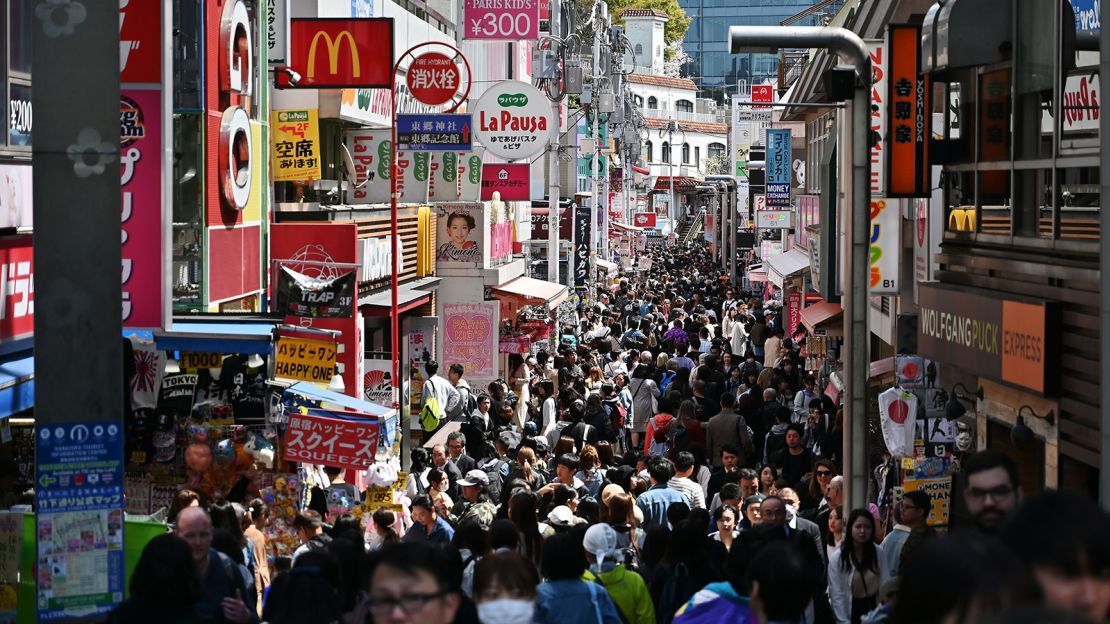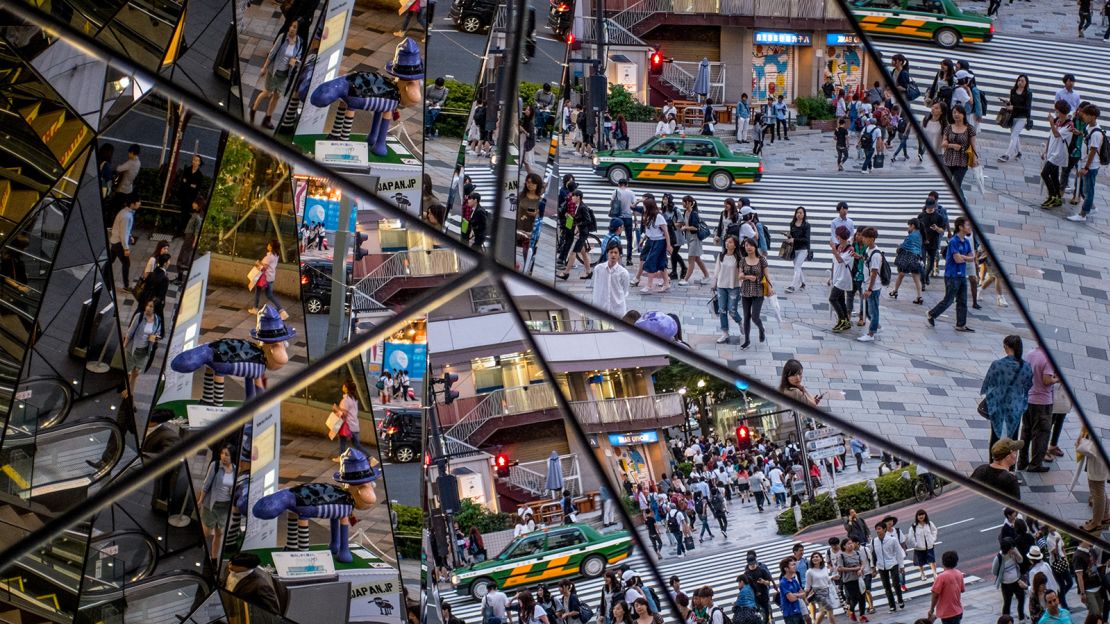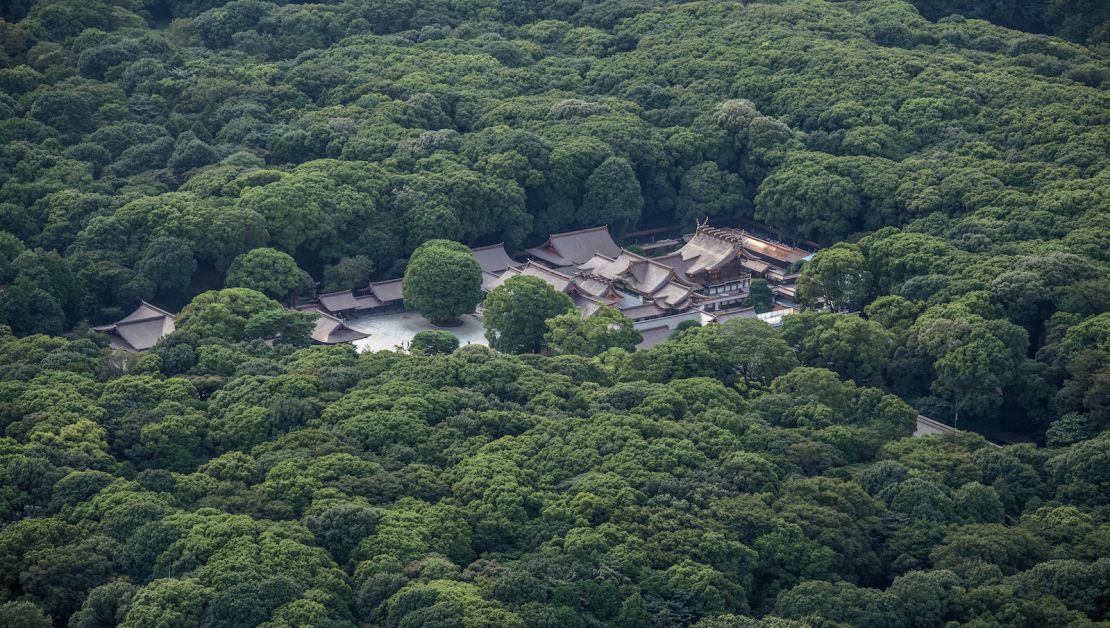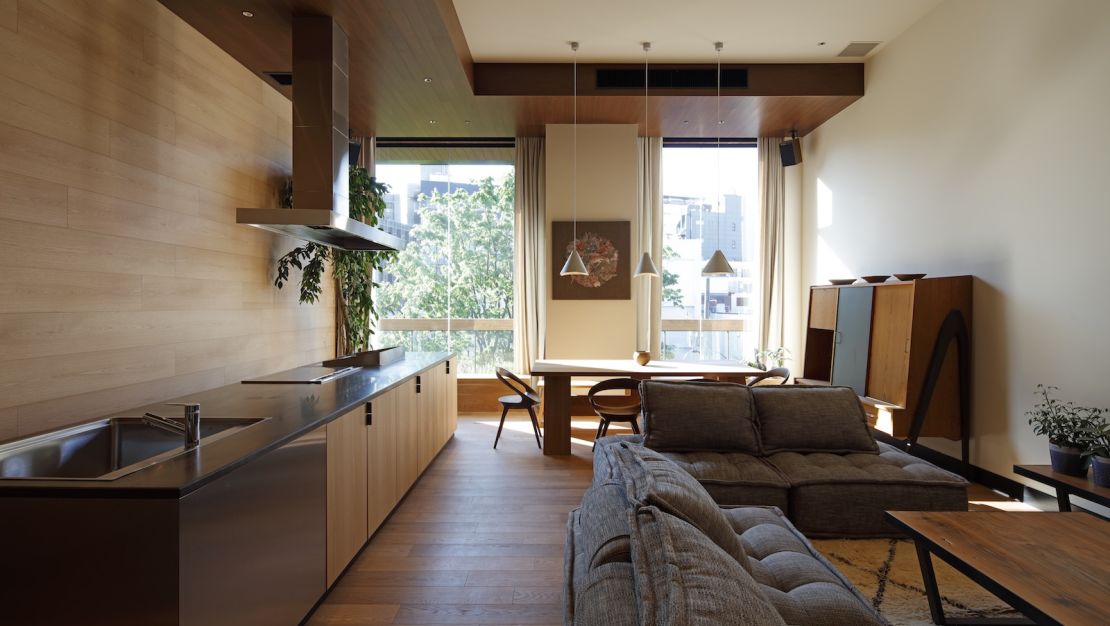Video by Black Buddha
Atop almost every Tokyo visitor’s must-see list, Harajuku is one of the city’s most name-checked neighborhoods.
And for good reason.
An internationally renowned fashion district, it’s famous for defiantly bold styles and outlandish food trends, its streets acting as fashion runways for outrageous outfits.
But for first-timers, it can be a little confusing to navigate.
So where exactly is Harajuku? In geographical terms, it refers to the area around Harajuku Station, between two other famous stations – Shinjuku and Shibuya – on Tokyo’s Yamanote commuter rail line.
Here’s a quick look at some of the highlights every Harajuku visitor should experience.
Takeshita Street

The first thing you’re going to want to do is get sucked into the vortex of Takeshita Street, the shoulder-to-shoulder pedestrian shopping strip located next to Harajuku Station. (If you can, visit on a weekend, when young locals come out in full, colorful force.)
This is where you’ll find larger-than-your-head rainbow cotton candy and a dizzying array of shops geared towards the city’s youth.
Stretching about 400 meters in length, Takeshita is the epicenter of teen fashion and entertainment in Tokyo. It’s also the best place to try purikura photo booths and observe the latest cosplay trends – from gothic Lolita to cyberpunk.
Harajuku ALTA shopping mall (1-16-4 Jingumae) stocks a range of womenswear and vintage clothing, while the retro 3 Biki no Koneko on the second floor is beloved among fashionistas.
WEGO (6-5-3 Jingumae) is a popular fashion chain offering the latest trends and a section for upcycled vintage clothes. Tutu Anna is where you can find playful socks that will add an ample dose of kawaii to your outfit.
Cat Street

Nearby Cat Street is a more relaxed place to stroll and shop, with stores focused on higher-end brands.
There are a few theories about how this meandering alley between Harajuku and Shibuya got its nickname.
According to some, the street was once home to a large population of stray cats. Others claim the tiny street’s name refers to the Japanese idiom “a cat’s forehead,” used to describe something small.
In any event, there’s no shortage of shops to experience here.
RagTag (6-14-2 Jingumae) is the best place to find second-hand designer items. Close by, Harajuku Chicago (6-31 Jingumae) boasts a wide variety of vintage clothing to peruse, including baseball-team happi coats and traditional kimonos.
The Roastery by Nozy Coffee (5-17-13 Jingumae) on Cat Street serves freshly fried cronuts and single-origin coffee using beans roasted in-house, while WaraTako’s (5-11-11-3 Jingumae) takoyaki (fried squid balls) is a culinary attraction that’s not to be missed.
Omotesando Avenue

Another famous shopping street, Omotesando Avenue is a large, tree-lined thoroughfare that cuts through Harajuku and is filled with hundreds of shops and restaurants.
It’s home to one of the most distinctive boutiques in the area – Sukajyan Dept (Urahara 4-32-1 B1F Jingumae). A tiny souvenir jacket store, it’s packed with the works of designer Ken Kakinuma (Conan O’Brien and Kanye West are proud wearers).
Once you’ve coordinated the perfect outfit, it’s time for Tokyu Plaza Omotesando Harajuku (4-30-3 Jingumae). This is where you’ll find that famous mirrored entranceway that so many travelers share on Instagram.
And finally, Laforet Harajuku (1-11-6 Jingumae) is one of the trendiest department stores in Tokyo, offering a wide selection of Japanese fashion labels and interesting exhibitions.
Meiji Shrine

Meiji Shrine is a great place to unwind once you’ve had enough of the chaos.
Tucked away in Yoyogi Park, an urban forest spanning 70 hectares, the area is popular with joggers, nature lovers (there are at least 100,000 trees) and worshipers alike.
Meiji Shrine, built in 1920, is dedicated to Emperor Meiji and Empress Shoken and was built after the royal couple passed. The complex was destroyed during World War II but was rebuilt.
Visitors walk through two impressive torii gates before arriving at the main complex, where they can pray, make offerings and buy amulets.
While there, be sure to check out the soon-to-open Meiji Jingu Museum by famed Japanese architect Kengo Kuma. Designed to blend into its wooded surroundings, it showcases important cultural artifacts. It’s due to open on October 26.
What to eat
For a diverse sample of eats, Commune 2nd (3-13 Minami-Aoyama, Minato) is an outdoor food court, offering a wide variety of cuisines from various food stalls.
For something completely out there, hit Kawaii Monster Café (4-31-10 Jingumae). The café, featuring whimsical and over-the-top themed rooms, is a cuteness explosion. (See the video above for evidence.)
For fine dining, visitors can book a table at Keisuke Matsushima’s eponymous French/Japanese restaurant (1-4-20 Jingumae). Matsushima first opened his award-winning eatery in Nice, France, in 2002 before creating the Harajuku branch in 2009.
The menu, which ranges from a JPY4,500 ($42) prix fixe menu to a full tasting menu that costs about JPY11,000, features French cuisine created with fresh and healthy ingredients.
Meanwhile, Tamawarai’s soba noodles (5-23-3 Jingumae) were immortalized when the tiny neighborhood shop was awarded a Michelin Star in 2015. It still attracts a queue of diners outside every day. Reservations are recommended during weekdays (on weekends it’s first-come, first-serve.)
And finally, for those in need of a beefy treat there’s Burger Stand Fellows (3-8-11 Kitaoyama, Minato-ku), which serves handmade burgers grilled over a charcoal fire.
Where to stay

Tokyo’s Trunk Hotel, which opened in 2017, is credited with setting a new hospitality standard in terms of design while also highlighting the positive role a hotel can play in its community.
It sits at the end of a small alley near Omotesando Avenue, meaning you’re steps from the Shibuya and Harajuku/Jingumae action, yet in a quiet, chaos-free corner – the perfect retreat after a long day of exploring.
The design features plenty of upcycled wood, stone and metal combined with local and international artworks – all skillfully combined to create a space that’s thought-provoking but not overwhelming.
Trunk has just 15 rooms, including a mix of suites that will set your imagination running wild as you begin to contemplate a redesign of your own living space. They’re just that cool.
Meanwhile, the hotel’s delightfully welcoming communal spaces have made it a hive for locals, giving it the kind of vibe you just don’t find in a chain hotel – all complimented by a regular schedule of events ranging from fashion pop-ups to whiskey mixologist sessions. There’s even a stylish rooftop chapel that can be booked for weddings.
As tempting as it is to spend all your time dining out in Shibuya/Harajuku, do enjoy at least one meal at the Trunk Kitchen – we’re huge fans of the brunch – or sample the skewered “Shibuya soul food” at the Trunk Kushi stand. In the evening, the Trunk Bar is a great place to kick back with a locally brewed craft beer.
Trunk Hotel, 5 Chome-31 Jingumae, Shibuya City, Tokyo 150-0001, Japan; +81 3-5766-3210
CNN’s Karla Cripps and Joshua Mellin contributed to this feature.
































